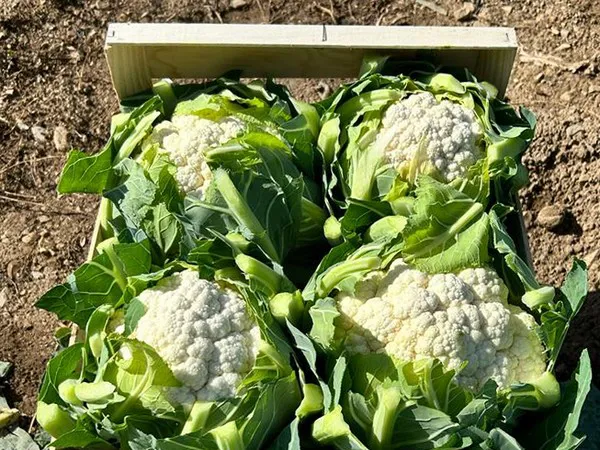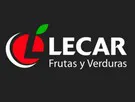The cauliflower harvest is in full swing in the province of Granada. "Cauliflower prices are usually subject to many oscillations, but this year has been quite good," says Serafín Reina, of the Granada-based company Lecar. "A box of 6 pieces has come to cost up to 15 and 16 Euro, which is significantly higher than average."
However, it should also be taken into account that the production has been lower this season. "Producing cauliflowers requires increasingly more work, especially in a winter with spring-like temperatures, which has had a big impact on the production."
"It all comes down to the supply and demand," he says, "and the demand has not only been good in winter, but has remained stable. However, even though prices are higher compared to other years, they are not that high, considering the current production costs; water, fertilizers, energy, labor. Producers needed that increase, because we have been struggling for a long time with prices that do not reflect our production costs, almost since before the pandemic."

As for the cabbage campaign, there is still little available of the curly and smooth varieties, according to Serafín. Prices also remain at a good level, but "not because there is more demand, but because less cabbage is being produced."
"Cabbage is more negatively-affected by high temperatures than other products. It is an autumn-spring crop, and when temperatures remain constantly high, it moves on to flowering. That is actually what happened last year; there were many hectares planted with cabbage, but very little was harvested. The price paid was 1.20 Euro per kilo for curly cabbage and 1 Euro for smooth cabbage; a very good price, but only for those who had cabbage at that time."
Lecar, located in the fertile Llano de Zafarraya, is a high plateau surrounded by mountains with a microclimate that allows the production of vegetables in the open ground, also in summer. All kinds of vegetables are produced here, with the most common being plum, salad and long life tomatoes, zucchini, bell pepper and Iceberg lettuce. "Artichoke is losing ground, unlike Iceberg lettuce, with which we started working about 3 years ago, recording a 400% increase in sales since."
"We sell our products mainly in the domestic market, which allows for greater speed and for the vegetables to be fresher when they reach the customer; however, we also occasionally export a little to Portugal, Germany, France and Italy. Exports usually stop in the spring/summer, when European countries have their own local productions, although this month, due to the impact of the floods in Italy, we have been shipping vegetables to this country."
 For more information:
For more information:
Lecar
Cmno. Lucena s/n
18125 Ventas de Zafarraya, Granada, Spain
Tel.: +34 606 744 673 / +34 667 428 748
frutasyverduraslecar@gmail.com
https://frutasyverduraslecar.com
